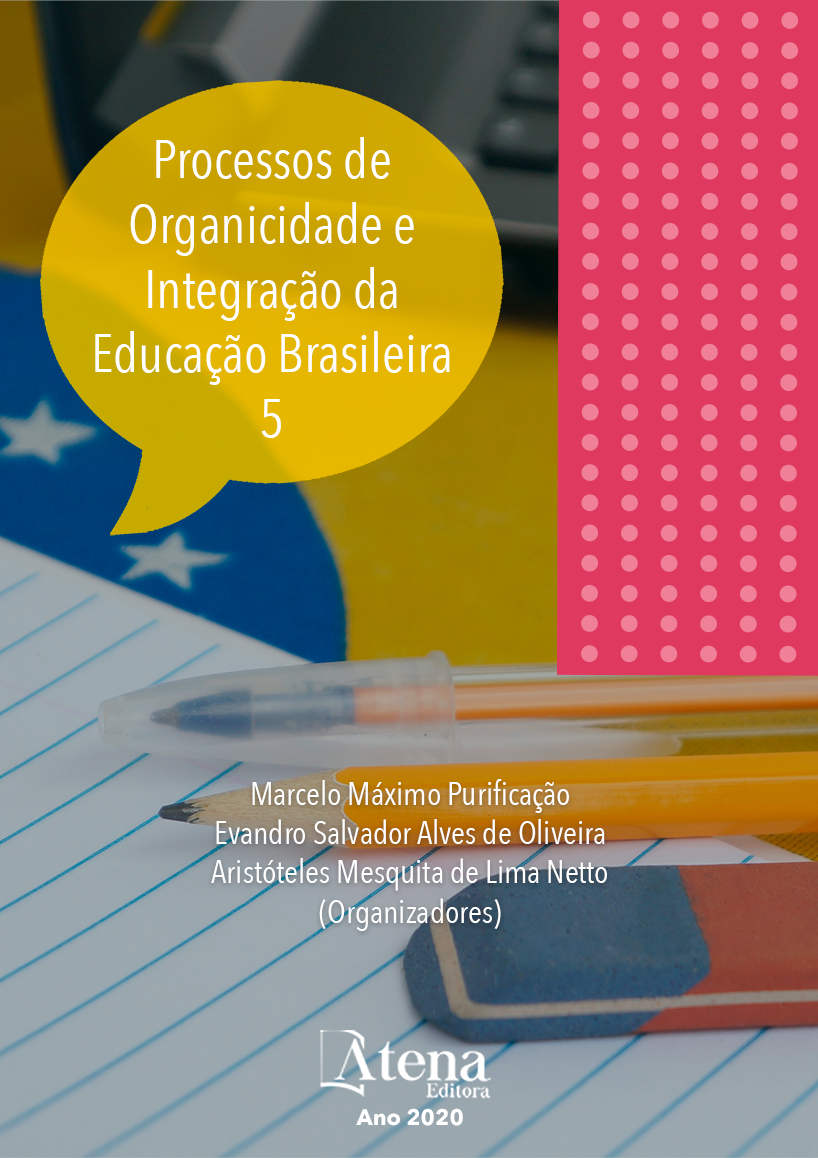
A OCIOSIDADE DE VAGAS NA EDUCAÇÃO SUPERIOR BRASILEIRA: AS REVELAÇÕES DO CENSO 2017
O objetivo deste estudo é analisar, com base nos dados publicados pelo Censo 2017, fatores que levam ao baixo preenchimento das vagas ofertadas pela educação superior brasileira. A pesquisa foi enquadrada como uma análise descritiva, realizada por meio de estudo interpretativo de cunho qualitativo. Os resultados apontam que 85,2% da população brasileira, com idades entre 18 e 65 anos, não tem ensino superior completo. Apesar desse déficit, 70% do total de vagas ofertadas em 2017, não foram preenchidas. Conclui-se que, embora programas como o FIES e PROUNI tenham possibilitado o acesso de muitos alunos ao ensino superior privado, nem todos se enquadram nos requisitos de acesso desses programas. Sem condições de arcar com os custos das IES privadas, a alternativa seria o acesso às IES públicas. Não obstante, as IES públicas, denominadas instituições de fomento e de inclusão social, não têm direcionado a expansão de vagas na direção dos anseios discentes, especialmente no que se refere a abertura de vagas em cursos noturnos e na modalidade pedagógica de EAD.
A OCIOSIDADE DE VAGAS NA EDUCAÇÃO SUPERIOR BRASILEIRA: AS REVELAÇÕES DO CENSO 2017
-
DOI: 10.22533/at.ed.5342029064
-
Palavras-chave: Educação Superior Brasileira. Preenchimento de Vagas. Censo 2017. Ociosidade de vagas
-
Keywords: Higher Education in Brazil; Filling Vacancies; 2017 Census.
-
Abstract:
The purpose of this study is to propose propositions, based on the data published by the Census 2017, regarding the causes that lead to the low filling of vacancies offered by Brazilian higher education. The research was framed as a descriptive analysis, performed through a qualitative interpretive study. The results, based on data from the 2017 Census, indicate that although there is a large part of the population without higher education, only 30% of the vacancies were filled in 2017. It is concluded that, although programs such as FIES and PROUNI, access to private higher education, not all meet the access requirements of these programs. Without being able to afford the private HEI, the alternative would be access to public HEIs. Nonetheless, public HEIs, called development and social inclusion institutions, do not direct the expansion of vacancies in the direction of students' desires, especially as regards the opening of vacancies in night courses and in the EAD modality.
-
Número de páginas: 22
- JULIANO REGINALDO CORRÊA DA SILVA
- LEONARDO CARDOSO GOMES
- MAURÍCIO ANDRADE DE LIMA
- MARICLÉIA LOPES PRIM


